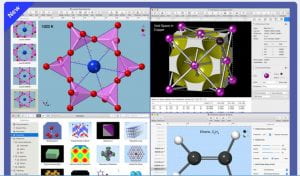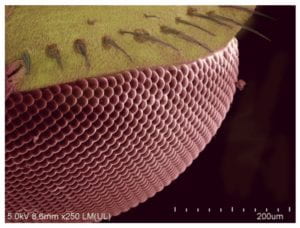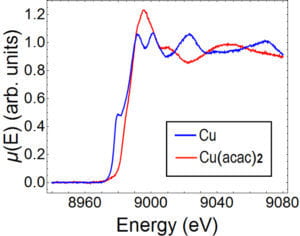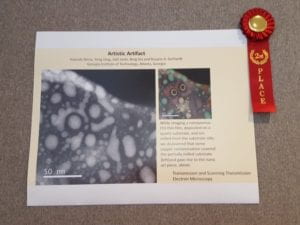
The client for SingleCrystal is now out of Beta and available for GT users! If you would like the license, please send an email to David.Tavakoli@mse.gatech.edu from your GT mailing address!
As a reminder, all of the Crystalmaker software suite is available for Georgia Tech and we hope that you are well, safe, and healthy!
From the classroom to the laboratory to the synchrotron: SingleCrystal is the easiest way to visualize and understand diffraction properties of crystals. SingleCrystal 4 lets you simulate multi-phase X-ray, neutron and electron diffraction patterns, display reciprocal lattice sections and construct stereographic projections of planes or vectors. By combining a simulated pattern with an observed diffraction image, you can auto-index the pattern and determine the orientation of your crystal.





